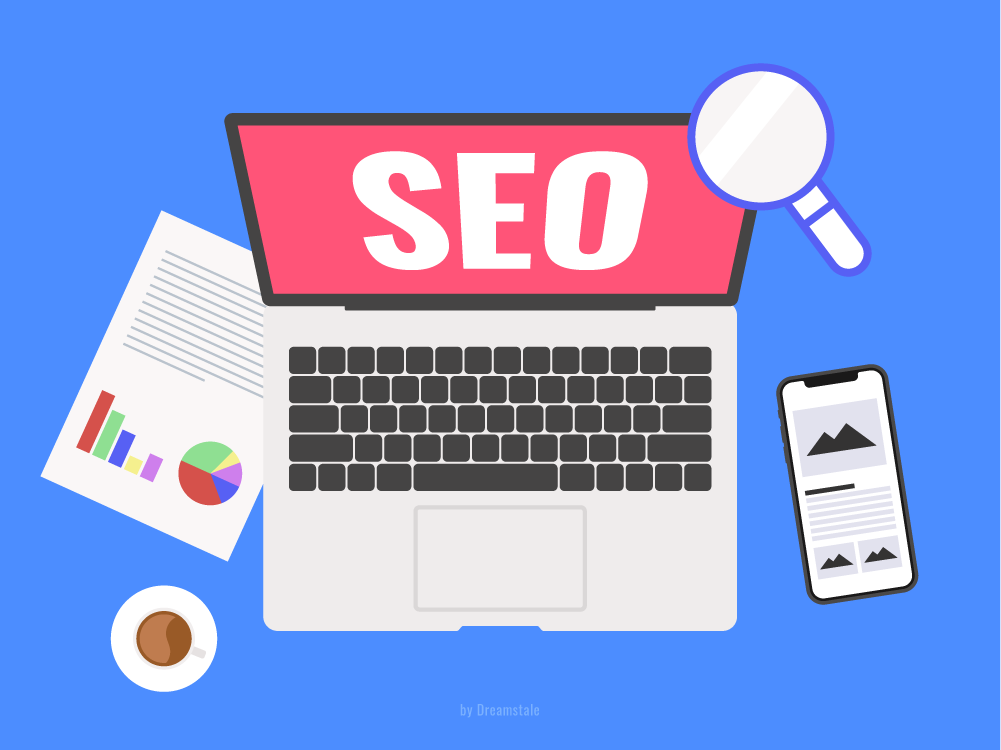
Learn all about what SEO is and how to improve your on-page optimization
On-page SEO is often an essential part of any comprehensive SEO strategy. By optimizing the HTML source code and content on individual web pages, search engine algorithms are more likely to identify the page as relevant for certain keywords or topics. This leads to a higher position when ranked in comparison to other websites, thus giving a greater potential for users to click on that link from their search results.
By employing on-page SEO practices, websites can gain more visibility and establish a credible presence online in order to garner more relevant traffic.
Here are 10 essential On-Page SEO factors you need to know about.
1. Content
The quality and relevance of your content are one of the most important on-page SEO factors. Make sure your content is well-researched, well-written, and provides value to your audience.
Having compelling content is essential for any successful website. Content should be of the highest quality and provide unique, relevant information to readers, this is essential for good organic search engine rankings. It’s important that your content is well-researched and written in an engaging format to keep users on your page and increase the likelihood they will interact with it.
Additionally, make sure the content you are putting out into the world provides value to your audience by resonating with them.
A digital agency can help you create compelling content for your readers in a variety of ways. They can work with you on understanding what your audience needs and crafting compelling copy that meets their expectations. Additionally, they have expertise in what is known as search engine optimization (SEO) which involves creating content that stands out from competitors in search engine results such as Google.
2. Keywords
Choose keywords that are relevant to your content and use them strategically in your titles, headings, and throughout your text.
Creating content that engages your readers requires the strategic use of keywords. Carefully select words and phrases that resonate with your audience and are reflective of the content you are creating. Incorporate those keywords in headlines, subheadings, and throughout the body of your text in an organic way to ensure it reads naturally. By using relevant keywords, you can help boost the visibility of your content online and increase the likelihood that people will find and engage with it.
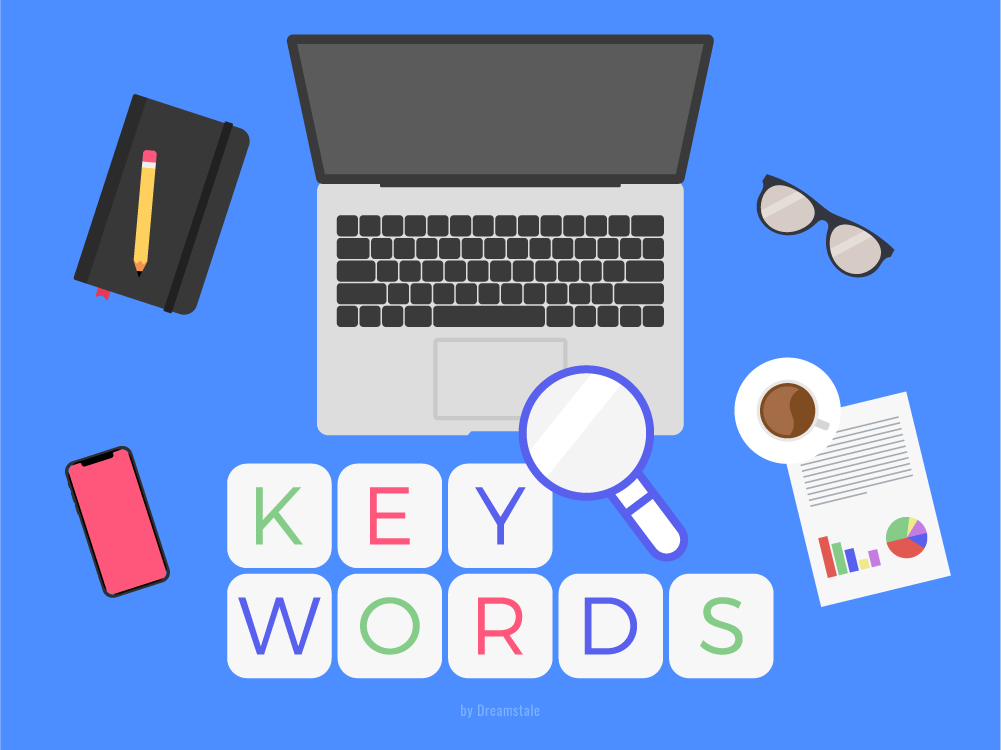
3. Title tags
Title tags provide a brief description of your web page and should include your target keywords.
Title tags play a critical role in search engine optimization as they provide search engines and users with an understanding of the content of your web page. To ensure maximum visibility, they should be carefully crafted to accurately reflect the topic of your web page while also including some specific target keywords. Additionally, title tags should be no longer than 60 characters, providing only the most important information to those scanning the results pages. By paying close attention to your title tags and including relevant keywords, you will increase the chances that potential customers find and explore your website.
4. Headings
Use headings (H1, H2, H3, etc.) to structure your content and make it easier to read.
Using headings throughout your content ensures readers can quickly access the information they are looking for. Properly formatted headings help search engine crawlers to better understand the topics covered in a page or article. Additionally, this structure helps people visually break up text and comprehend the key points more effectively. In short, a well-constructed set of headers will make your content easier to read and may improve its visibility in search engine result pages.
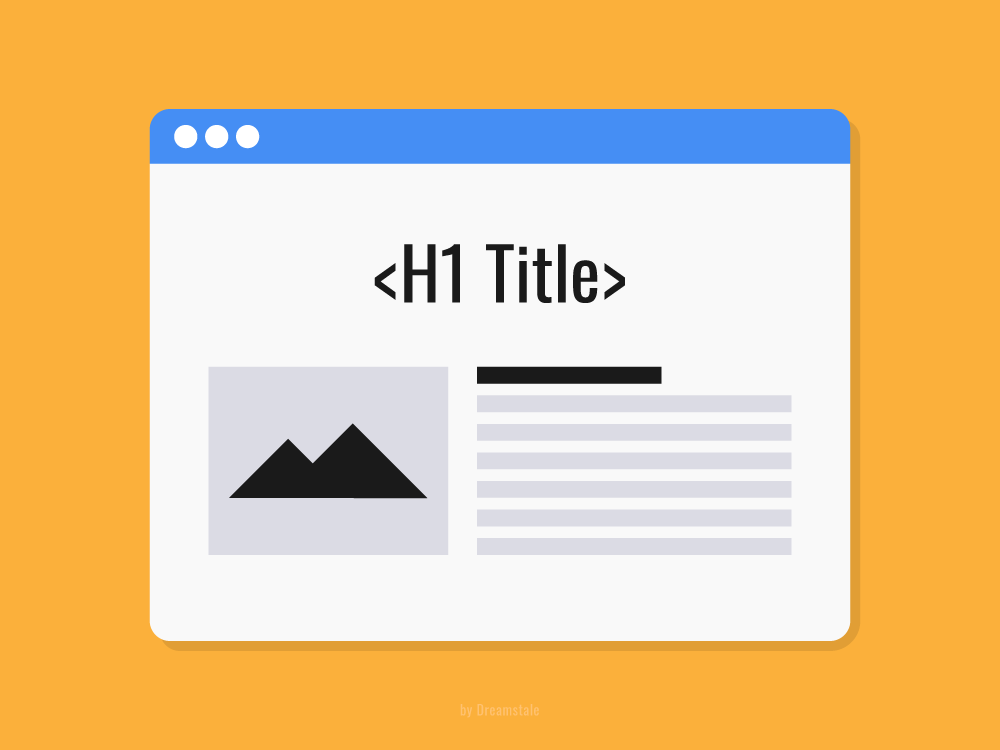
5. Meta descriptions
Meta descriptions provide a brief summary of your page’s content and should include your target keywords.
Meta descriptions are an essential part of any website, acting as a concise summary for potential readers and helping search engines better understand the topic. By highlighting key content from each page, meta descriptions offer useful insight into what visitors can expect before they even click through to read more.
Writing effective meta descriptions includes making sure your target keywords are included so that when people are searching for particular topics or content those pages come up more quickly. Crafting compelling meta descriptions can attract readers who might not have otherwise visited the site, so it’s worth taking the time to get them right.
6. URL structure
Make sure your URLs are short, and readable, and include your target keywords.
When creating URLs for websites, it’s important to keep them as short and readable as possible. Keeping the URLs concise ensures that they are easy to comprehend, if too long or complex, visitors may have difficulty appreciating what the URL means and searching for that web page.
Furthermore, including target keywords in your URLs can help you gain a higher page ranking in search engine results pages (SERPs). When users search for related words within the URL, chances are they will be ranked higher in SERPs than other sites with unrelated keywords. Using target keywords increases relevancy and helps ensure more traffic to your website, which is beneficial for any business.
7. Image optimization
Optimize your images by compressing them, using descriptive file names, and including relevant alt text.
Image optimization is a crucial step in boosting the performance of your website and improving its overall user experience. Compressing your images is a great place to start, this reduces their file size, making them easier to load.
Additionally, using descriptive file names makes it easier for search engines to pick up on what an image is about. Finally, all images should include relevant alt text that accurately describes their content, this ensures that your visuals are accessible to all users.
Optimizing your images with these best practices is a highly effective way of giving your website an edge on the search engine results page.

8. Loading speed
Web pages with faster loading speeds are more likely to rank higher. Moreover, slow loading times can negatively affect user experience, leading to unsatisfied visitors and higher bounce rates.
Page loading speeds make all the difference when it comes to website performance and user experience. Search engines consider the speed of a page when ranking results, so websites with faster loading speeds will always rank higher. Poor loading speeds can be detrimental to creating a positive overall experience, visitors may become frustrated and this can lead to premature exits from pages, resulting in high bounce rates.
To ensure that web pages load quickly, webmasters should carefully review their designs and text/content, optimize images and other media types used on their websites, and use caching strategies to reduce resource-hogging for returning visitors.
Implementing these strategies can significantly improve a website’s loading times and user satisfaction.
9. Mobile optimization
Make sure your website is optimized for mobile devices and provides a good user experience on all screen sizes.
Desktop versions of websites usually have more content and features. But if your website isn’t optimized for mobile devices, you’re missing out on a huge segment of the market. Responsive web design makes sure that users receive the same experience no matter how they access your site, and optimizing page load times across devices keeps visitors engaged while they’re accessing it.
Without mobile optimization, you are at risk of losing potential customers who visit your site using their phone or tablet. Make sure that your website looks great and delivers a smooth user experience on all devices. It’s essential to creating an impressive digital presence and increasing engagement.
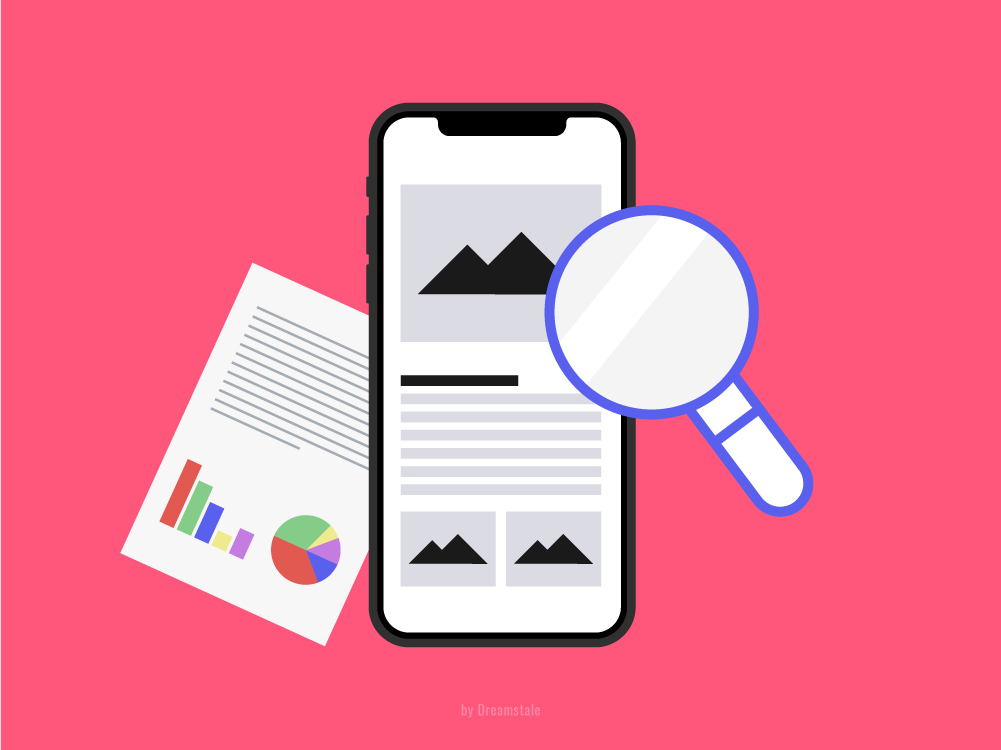
10. Internal linking
Use internal links to help search engines understand the relationship between your pages and to guide users through your site.
Internal linking is a powerful tactic to improve a website’s visibility in search engines and navigation for users. Linking pages on the same domain helps add context and relevance to content, illustrating connections between topics and the relationship between different parts of your content.
By implementing internal links, you are providing guidance to users as they explore a site, increasing the likelihood that visitors will be able to find the resources they need quickly and easily. It also allows search crawlers to rank pages correctly, decreasing loading times and improving the user experience overall. Knowing how and when to use internal links is an essential part of any successful website design plan.
Conclusion
If you want to improve your website’s ranking in search engine results pages and increase relevant traffic, On-Page SEO is an essential part of any comprehensive SEO strategy.
By optimizing the HTML source code and content on individual web pages, you can make it easier for search engine algorithms to identify your page as relevant for certain keywords or topics. This leads to a higher position when ranked against other websites, which gives users a greater chance of clicking on your link from their search results. Implementing effective on-page SEO practices can help establish a credible presence online and increase visibility for your website.
With the help of a digital agency, you can also craft content and optimize your website to ensure it reaches its full potential.
15,000+
Design Assets
- Instant Access
- Free Content Updates
- Constantly Growing Library
- Unlimited Downloads
- Simple Licensing
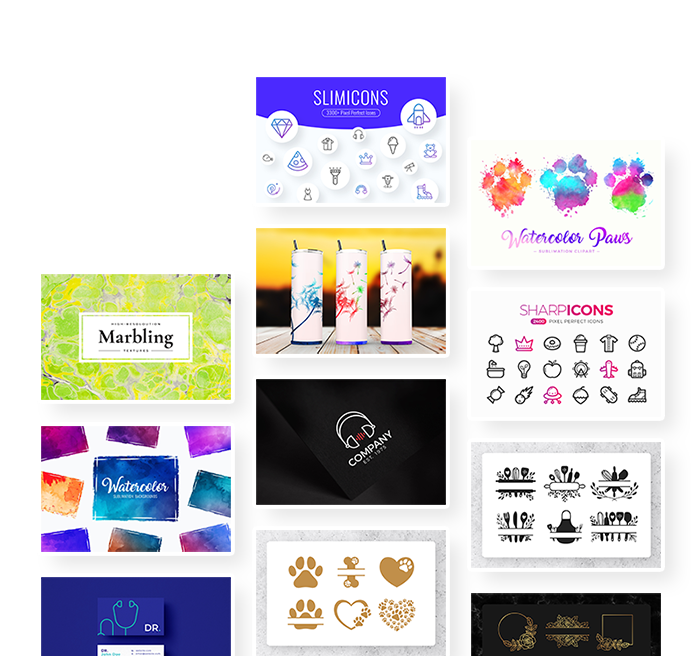

By Dreamstale
Get creative with our free & premium design resources. Download a vast collection of graphic design materials, such as graphics, sublimation designs, icons, textures, stock photos and more.
Plus get access to Photoshop tutorials & inspirational articles that will spark your imagination.




